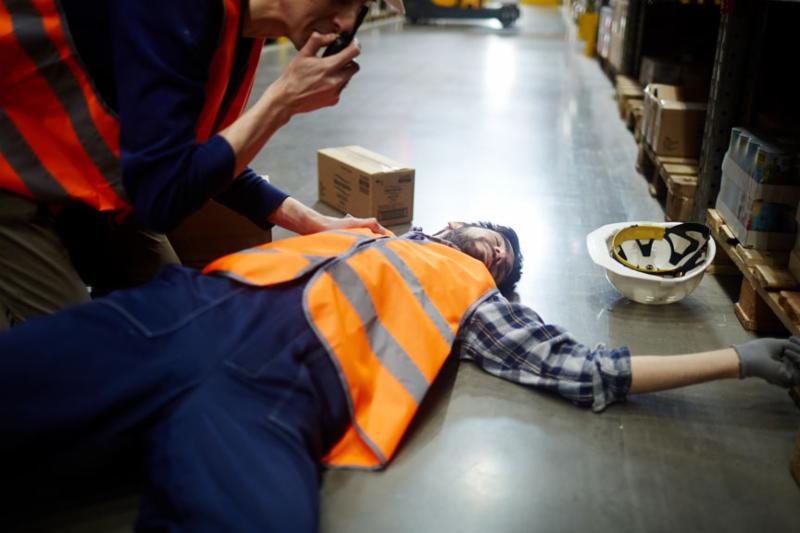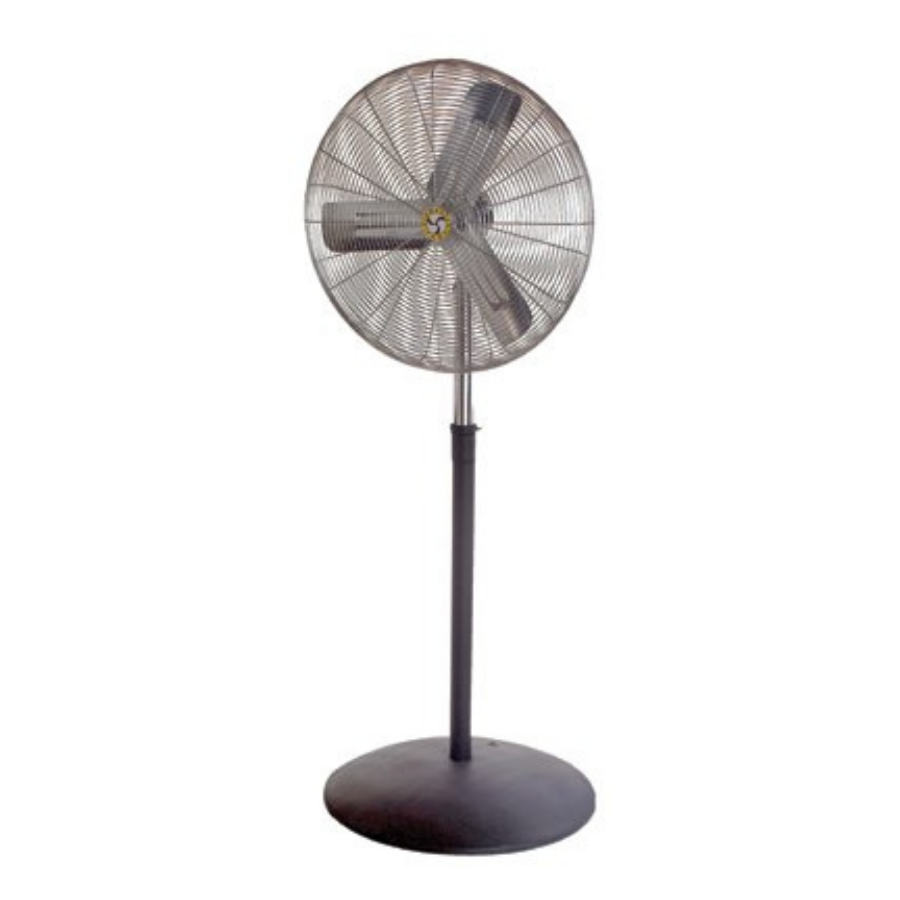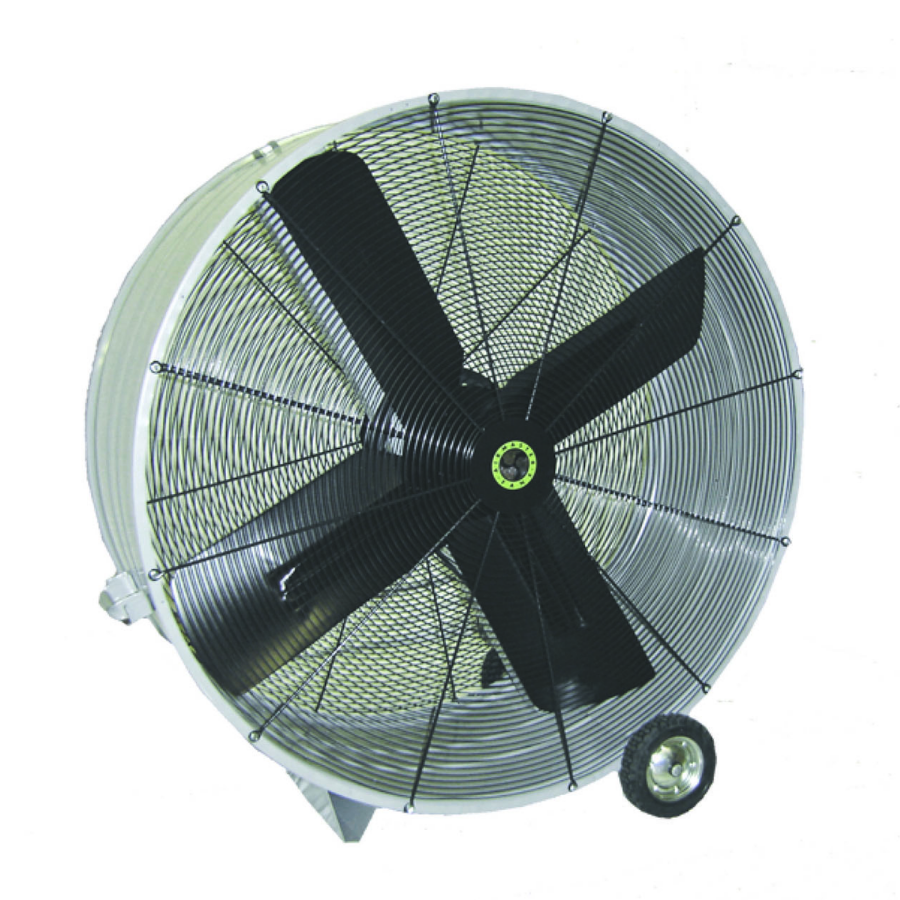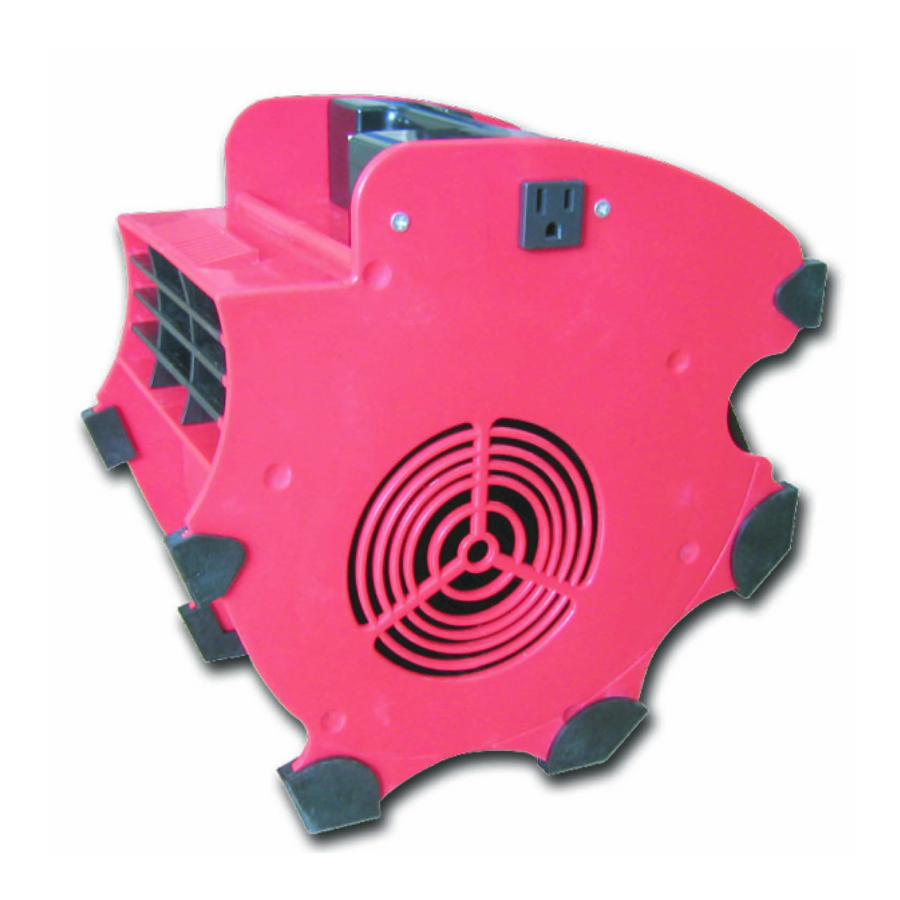It is important that you take proper precautions to protect yourself against the heat.
Helping Prevent Heat Related Illness
Wear loose-fitting, lightweight clothing. Wearing excess clothing or clothing that fits tightly won’t allow your body to cool properly.
Protect against sunburn. Sunburn affects your body’s ability to cool itself, so protect yourself outdoors with a wide-brimmed hat and sunglasses and use a broad-spectrum sunscreen with an SPF of at least 15.
Drink plenty of fluids. Staying hydrated will help your body sweat and maintain a normal body temperature.
Take it easy during the hottest parts of the day. If you can’t avoid strenuous activity in hot weather, drink fluids and rest frequently in a cool spot. Try to schedule physical labor for cooler parts of the day, such as early morning or evening.
Get acclimated. Limit time spent working or exercising in heat until you’re conditioned to it. It can take several weeks for your body to adjust to hot weather.
Be cautious if you’re at increased risk. If you take medications or have a condition that increases your risk of heat-related problems, avoid the heat and act quickly if you notice symptoms of overheating.
Symptoms of Heatstroke
- High body temperature
- Altered mental state or behavior
- Alteration in sweating
- Nausea and vomiting
- Flushed skin
- Rapid breathing
- Racing heart rate
- Headache
If you think a person may be experiencing heatstroke, seek immediate medical help. Call 911 or your local emergency services number.
Take immediate action to cool the overheated person while waiting for emergency treatment.
- Get the person into shade or indoors.
- Remove excess clothing.
- Cool the person with whatever means available — put in a cool tub of water or a cool shower, spray with a garden hose, sponge with cool water, fan while misting with cool water, or place ice packs or cold, wet towels on the person.












